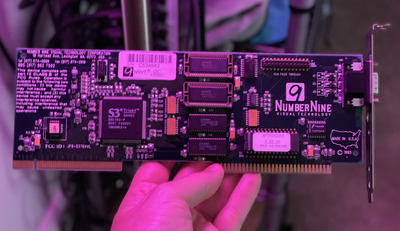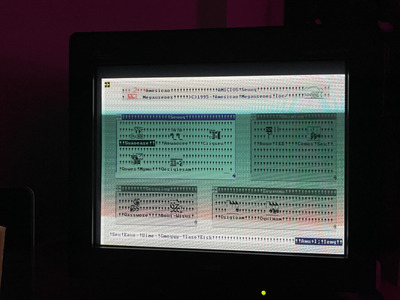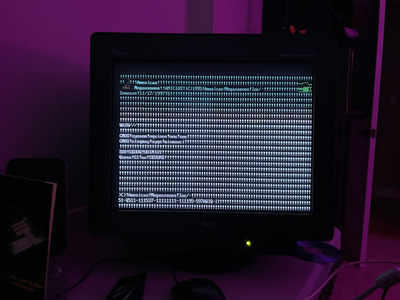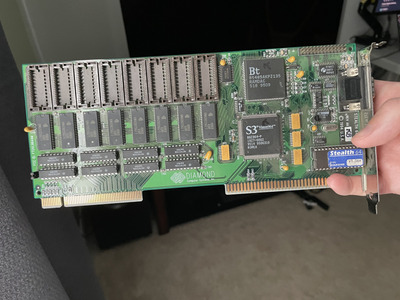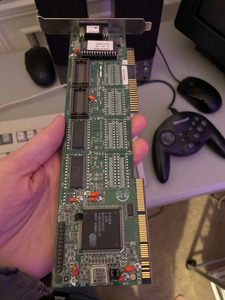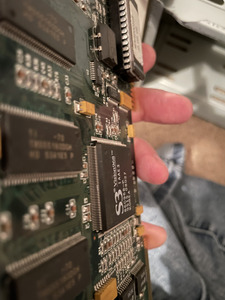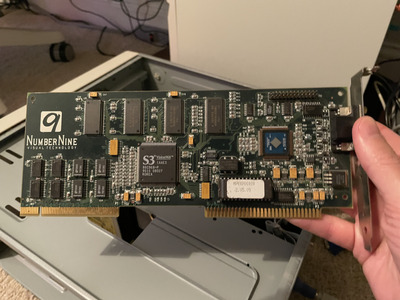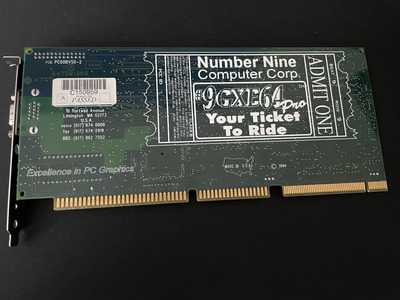Chadti99 wrote on 2023-10-16, 20:10:
mkarcher wrote on 2023-10-16, 19:36:
And indeed, the RGB524 is a 5V tolerant 3.3V chip.
That is interesting, I wonder why the VRM is needed. I can def put a meter on it.
If you still wonder why there is a VRM, I am sorry for using expert-only terms which were not clear enough. "a 5V tolerant 3.3V chip" means that this chip is a operating with 3.3V supply voltage. That's why the VRM (actually, it's not a voltage regulation module, just a voltage regulation chip) is needed. The IBM RGB524 will possibly blow up if you feed it with 5V. So why did call it 5V tolerant then, if it can not tolerate 5V supply? Because in electronics design language, this term is defined to mean "this chip can handle 5V on the data/signal lines even if it is powered by a lower voltage". The standard way of constructing chips designs input in a way that they are moderately resistant against ESD (electro-static discharge), but they can't withstand voltages above the supply voltage or below GND, because that case is treated like ESD. While small electro-static discharges have high voltage, they only have a tiny amount of power, so if the chip shorts that power out, the danger is gone. On the other hand, if you actively and continously supply voltages outside the permitted range, you might damage the chip.
"5V tolerant" means the chip is built in a special way that the ESD protection circuit is modified in a way that 5V on the data pins is not shorted to the 3.3V supply pin, so the chip works without any trouble when it receives 5V signals on some or all of its inputs (in case of the IBM DAC, all the signals it receives are 5V signals).
